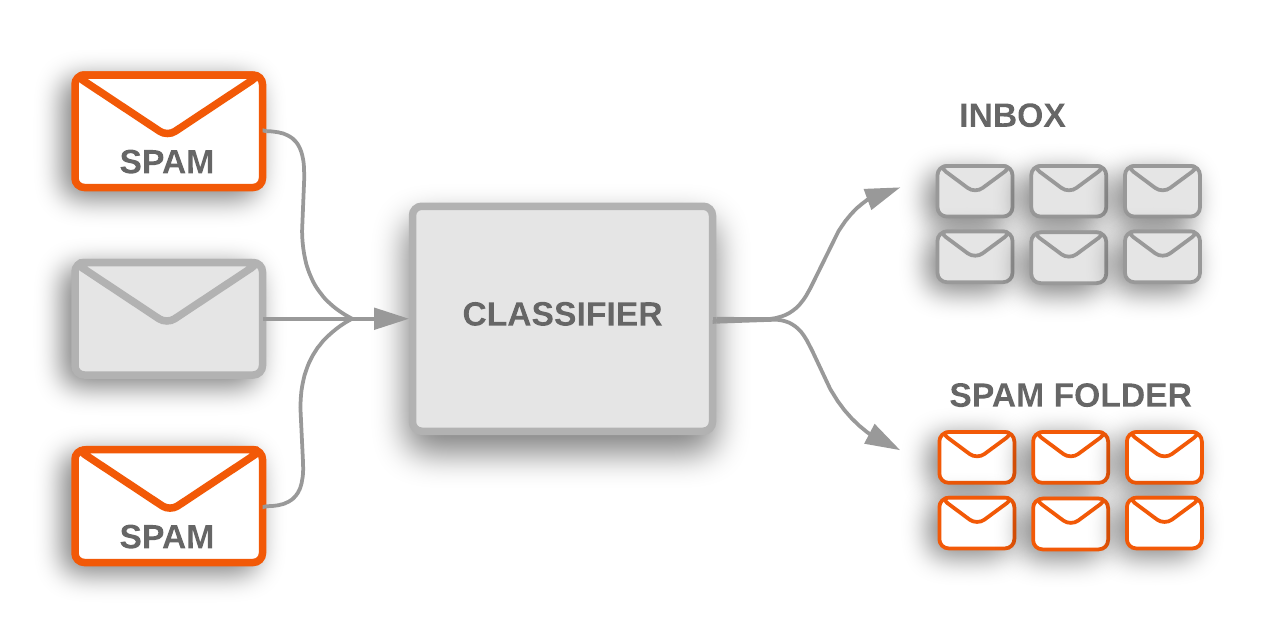Binary Trees
Table of contents
Text Classifier
Online abuse and harassment stops people from engaging in conversation. One area of focus is the study of negative online behaviors, such as toxic comments: user-written comments that are rude, disrespectful or otherwise likely to make someone leave a discussion. Platforms struggle to effectively facilitate conversations, leading many communities to limit or completely shut down user comments. In 2018, the Conversation AI team, a research initiative founded by Jigsaw and Google (both part of Alphabet), organized a public competition called the Toxic Comment Classification Challenge to build better machine learning systems for detecting different types of of toxicity like threats, obscenity, insults, and identity-based hate.
- Warning
Machine learning models are trained on human-selected and human-generated datasets. Such models reproduce the bias inherent in the data. The included data representation algorithms also encode overly-simplistic assumptions about natural language by treating each occurrence of a word as independent from all other words in the text. Any usage of a word, no matter the context, is considered equally toxic. Don’t use this in a real system!
When the Conversation AI team first built toxicity models, they found that the models incorrectly learned to associate the names of frequently attacked identities with toxicity. In 2019, the Conversation AI team ran another competition about Unintended Bias in Toxicity Classification, focusing on building models that detect toxicity across a range of diverse conversations.
The provided datasets contain text that may be considered profane, vulgar, or offensive.
Text Classifier
- Nov 9
- Binary Trees
- BJP 17.1, 17.2
- Run pre-order, in-order, and post-order traversals on a binary tree.
- Define methods that recursively traverse binary trees.
- Define methods that recursively modify binary tree node data values.
- Nov 10
- SectionBinary Trees
- Nov 11
- Holiday
- Nov 12
- SectionMore Binary Trees
- Nov 13
- Binary Search Trees
- BJP 17.3, 17.4
- Apply the binary search tree invariant to search for values and add new values.
- Apply the
x = change(x)pattern to recursively change binary tree references. - Explain why binary search trees would be preferred over binary search on arrays.
Toxic comment classification is a special case of a more general problem in machine learning known as text classification. Discussion forums use text classification to determine whether comments should be flagged as inappropriate. Email software uses text classification to determine whether incoming mail is sent to the inbox or filtered into the spam folder.1

The simplest possible text classifier returns true for every input string: every string is classified as toxic (or spammy).
public static boolean classify(String text) {
return true;
}
One way to add more nuance is by introducing conditional statements so that the behavior of the method depends on the input string.
public static boolean classify(String text) {
if (text.toLowerCase().contains("free")) {
if (text.toLowerCase().contains("won")) {
...
} else {
...
}
} else {
if (...) {
...
} else {
...
}
}
}
But if there are infinitely many sentences, then there are also potentially infinitely many ways in which text can be interpreted as toxic (or spammy). To manage this complexity, we’ll introduce a new recursive data type known as a decision tree.
Google Developers. Oct 1, 2018. Text classification. In Machine Learning Guides. https://developers.google.com/machine-learning/guides/text-classification ↩
Binary trees
Decision trees represent a specific application of a more general data structure known as a binary tree. If linked nodes are analogous to single structural recursion, then binary trees are analogous to multiple (degree 2) structural recursion.
- Binary tree
- A tree where each node has either 0, 1, or 2 children.
public class IntTree {
private IntTreeNode overallRoot;
private static class IntTreeNode {
public int data;
public IntTreeNode left;
public IntTreeNode right;
}
}
Like linked nodes, each IntTreeNode is recursively defined. A binary tree is either empty or non-empty.
- Empty binary tree
- The root
IntTreeNodeis null. - Non-empty binary tree
- The root
IntTreeNodecontains somedata, aleftsubtree, and arightsubtree. Each subtree is also a binary tree.
Traversals
Since each node in a binary tree has two children, recursive traversal is the best way to explore the values in a tree. Similar to recursive linked list traversal, we’ll want to introduce a public/private pair to maintain a reference to the root of the current subtree. There are three ways of traversing a binary tree depending on when the current node is processed in comparison to its children. Consider the following IntTree.
- Pre-order traversal
- Process the current
rootnode then process theleftandrightchildren.public void print() { print(overallRoot); } private void print(IntTreeNode root) { if (root != null) { System.out.print(root.data + " "); print(root.left); print(root.right); } }17 41 29 9 81 40 - In-order traversal
- Process the
leftchild, then process the currentrootnode, and then process therightchild.public void print() { print(overallRoot); } private void print(IntTreeNode root) { if (root != null) { print(root.left); System.out.print(root.data + " "); print(root.right); } }29 41 17 81 9 40 - Post-order traversal
- Process the
leftandrightchildren and then process the currentrootnode.public void print() { print(overallRoot); } private void print(IntTreeNode root) { if (root != null) { print(root.left); print(root.right); System.out.print(root.data + " "); } }29 41 81 40 9 17